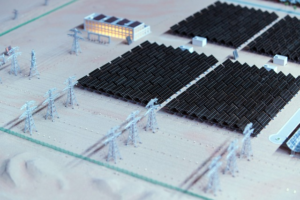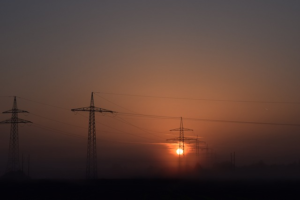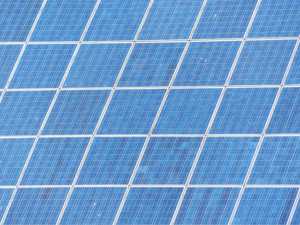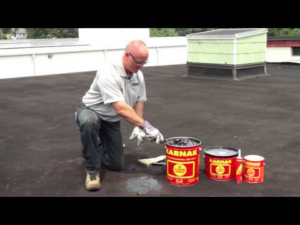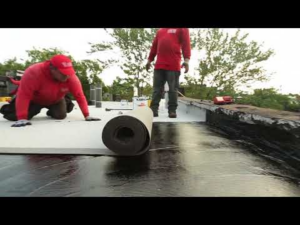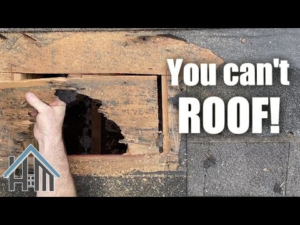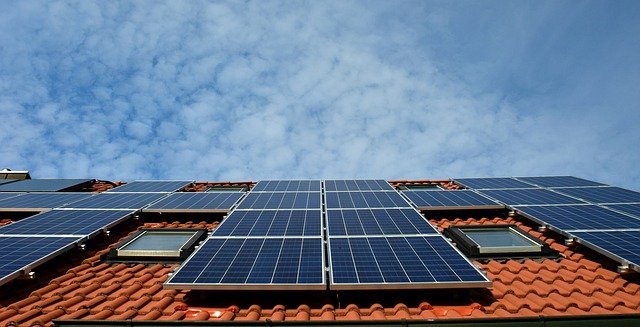
As sure as the sun comes up every morning, solar energy is going to be with us.
In 2015, there were zero large-scale solar farms in Virginia. Now, there are 51. According to a survey done by the Weldon Cooper Center at the University of Virginia, 279 applications for large-scale facilities have been, or are being, reviewed. And that’s just the number from the 109 localities (out of 133) that responded to the survey.
Because fossil fuels are a finite commodity, more groups are moving ahead on harnessing the sun. And great strides have been made. There is at present enough solar power in the United States to power more than 23 million homes.
The question is, how are localities, and the commonwealth of Virginia itself, going to handle this solar boom? It’s pretty much going on a case-by-case basis right now. Some localities haven’t come up with comprehensive land plans that weigh solar’s positives and negatives. In the Weldon Cooper survey, 70 percent of responding localities said their plans did not prioritize types of lands preferred for utility-scale solar.
People are also reading…
Culpeper County, where solar developers are looking to build, is wrestling with the issue now. Its planning commission has recommended that solar plants be limited to land zoned for industrial use. A solar farm in Spotsylvania went online last year that eventually will include more than 1.5 million solar panels on about 3,500 acres (about 5 ½ square miles).
In the Southside, Charlotte County is wrestling with a proposed solar project that would require 21,000 acres, or about 33 square miles, with 3,100 acres dedicated for the solar panels themselves. For comparison’s sake, 33 square miles is more than three times the size of Fredericksburg.
Anyone who has burned his name into a summer camp badge using only the sun and a magnifying glass understands the potential here, but it isn’t that simple.
Storage is a big issue, and so is the amount of land required. The rule of thumb with present technology is that 10 acres are required to create one megawatt of power. One megawatt, according to Solar Energy Industries Association, would meet the needs of 164 homes. There are about 140 million homes in the U.S., so home usage alone would require about 8.5 million acres, or more than 13,000 square miles.
In addition, if the land that is cleared for solar previously was forested, how green is it to cut down thousands of acres of trees in order to install solar collectors? In more arid climates in the West, this isn’t as much of an issue, but Virginia’s pretty green right now, tree-wise. Also, how smart is it to turn farmland into solar farms?
There are many issues that need to be addressed, and we encourage localities to get a handle on solar energy that goes beyond large corporations’ desire to make money vs. landowners’ and homeowners’ concerns. What is an appropriate …….
